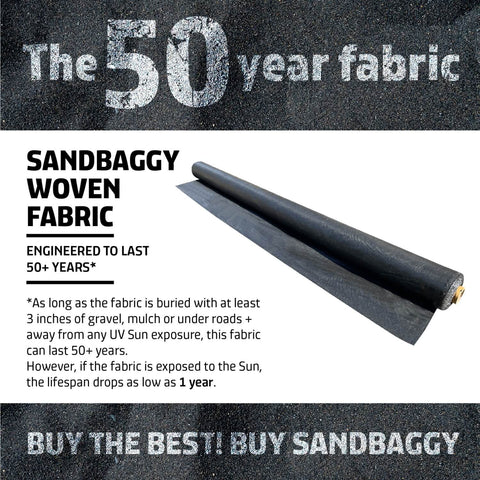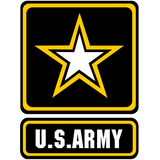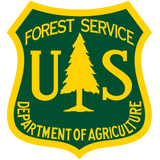
Sandbaggy Woven Monofilament Geotextile Fabric - Similar to Mirafi HP570 - 15 ft Wide
Equivalent To Mirafi HP570 Fabric
Designed for use in civil engineering and construction projects, Sandbaggy Woven Monofilament Geotextile Fabric will provide the structural support or reinforcement your soil needs! This fabric is engineered to last 50+ years (see details below).
Made from high-tenacity monofilament polypropylene yarns, this extremely heavy duty fabric can withstand high loads and stresses without breaking or tearing. It’s also very durable being highly resistant to biological degradation, naturally occurring chemicals, alkalis, and acids, and UV degradation.
- Our fabric is equivalent to tencate Mirafi HP570 specs (see below).
- Mirafi geotextile fabric is the name of the product developed by TenCate Geosynthetics. Sandbaggy Woven Geotextile Fabric is an equivalent product. Our fabric undergoes the same testing to ensure it is the same quality (see table below) and can be used for the same applications
What Happens When A 7000 lb Forklift Drives Directly on Sandbaggy Fabric?
Specs
➡️ Scroll to view all spec information
| Property | Method/Details | English (MARV²) | Metric (MARV²) |
|---|---|---|---|
| Fabric Type | high-tenacity monofilament polypropylene | ||
| Material | woven polypropylene | ||
| Size | 15 ft x 300 ft (4500 sq ft) | ||
| Color | Black | ||
| Grab Tensile | ASTM D 4632 | 475 x 440 lbs. | 2.11 x 1.95 kN |
| Grab Elongation | ASTM D 4632 | 15% | 15% |
| Trapezoidal Tear Strength | ASTM D 4533 | 180 lbs. | 0.80 kN |
| Wide Width Tensile | ASTM D 4595 | 4800 lb/ft | 70 kN/m |
| Wide Width Tensile @ 2% | ASTM D 4595 | 960 x 1500 lb/ft | 14 x 21.9 kN/m |
| Wide Width Tensile @ 5% | ASTM D 4595 | 2400 x 3000 lb/ft | 35 x 43.8 kN/m |
| Wide Width Tensile @ 10% | ASTM D 4595 | 4800 x --- lb/ft | 70.0 x --- kN/m |
| CBR Puncture Strength | ASTM D 6241 | 2000 lbs | 8.89 kN |
| Water Flow³ | ASTM D 4491 | 30 gpm/sf | 1222 l/min/sm |
| Permittivity³ | ASTM D 4491 | 0.4 sec⁻¹ | 0.4 sec⁻¹ |
| Permeability³ | ASTM D 4491 | 0.05 cm/sec | 0.05 cm/sec |
| AOS³ | ASTM D 4751 | 30 US Sieve | 0.6 mm |
| UV Resistance | ASTM D 4355 | 80/500 %/hrs | 80/500 %/hrs |
Features
- 50+ Year Lifespan: Fabric is engineered to last 50+ years! As long as the fabric is buried under at least 3" of gravel, mulch, or under roads and is away from any UV sun exposure.
- Exceptional Strength: Constructed from high-tenacity monofilament polypropylene, which is known for its superior tensile strength, our Woven Polypropylene Geotextile Fabric is able to be used for applications which require structural support.
- Soil Stabilization: Great for road construction projects. This fabric provides a reinforcement layer that distributes loads and reduces differential settlement.
- Soil Separation: Able to effectively separate soil layers, this fabric helps to provide a stable foundation that can support heavy loads and reduce the risk of deformation.
- Erosion Control: Protect the integrity of your project with this woven geotextile fabric. It's designed to stabilize soil, thus preventing erosion. Ideal for applications including roadsides, shorelines, and slopes.
- Road Reinforcement: Prevent road failure! This fabric provides a stabilizing layer that distributes loads more evenly across the subgrade. This reduces deformation, rutting, and cracking, extending the life of the road-surface.
Fabric Lifespan - 50+ Years
As long as the fabric is buried with at least 3 inches of gravel, mulch, or under roads, and is away from any UV sun exposure, this fabric can last 50+ years.

FAQ
What is woven geotextile fabric used for?
Woven geotextile fabrics are commonly used in construction to stabilize soil, control erosion, reinforce roads, and even in drainage management. Their main purpose is to provide a stable foundation for structures by stabilizing the soil.
Does water pass through woven geotextile?
Yes, water can pass through woven geotextiles, but for a more permeable fabric use non woven geotextiles.
What's the difference between woven and a nonwoven geotextile?
The difference is how they are made and the applications they are used for. As the name implies, woven geotextiles are made by weaving the plastic fibers together to create the fabric. Non woven geotextiles are made by bonding fibers together through heat or some other means.
Woven geotextiles are usually stronger and better for applications like soil stabilization, while non woven geotextiles are more porous and better for drainage and filtration (example creating a French drain).
The main way to tell the difference between them is that nonwoven geotextiles will have a felt-like feel to them.
What is Mirafi fabric used for?
There are a variety of types of Mirafi® fabric, which is a woven geotextile fabric made by TenCate Geosynthetics. That being said, it is commonly used in applications like road reinforcement, soil stabilization, erosion control, and drainage management.
Our Customers
Our sandbags, burlap bags, and landscape staples are trusted by
 Marine Corps
Marine Corps
 US Army
US Army
 Park Service
Park Service
 Forest Service
Forest Service
 Red Cross
Red Cross
 Walmart
Walmart
















